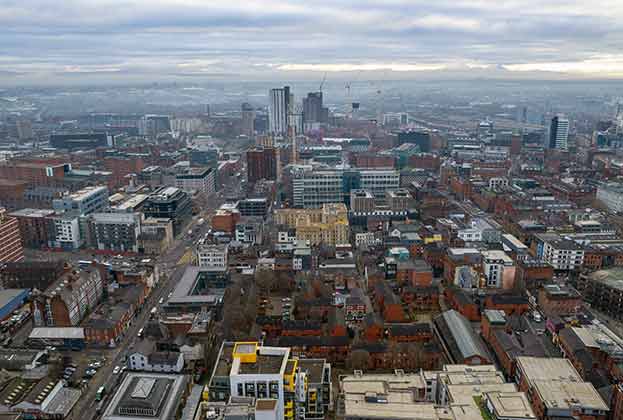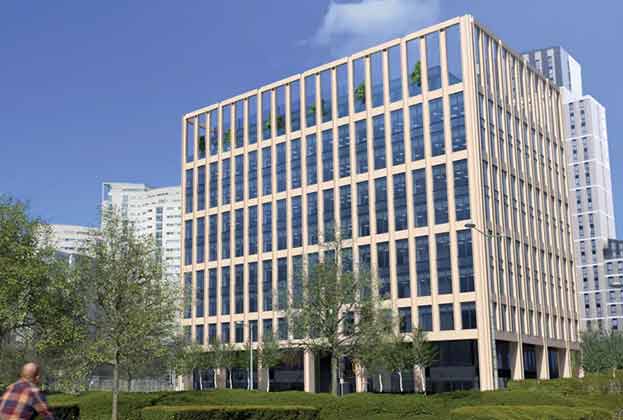With business rates high on the agenda as the Budget approaches, it is important that occupiers are familiar with the growing implications of this complicated tax. It is also crucial for the Government to bear in mind the considerations of the occupier when working through any new measures concerning business rates, as their decisions will not just affect landlords.
Most corporate occupiers do not see business rates as a tax but rather as another fixed cost. Location can play a significant part in fixed cost charges and it is therefore no surprise that businesses, particularly manufacturers, aim to locate in lower fixed-cost environments.
Using manufacturing occupiers as an example, when comparing the UK to other European cities we find that fixed costs are five to 10 times higher than they are in Germany and 10 to 20 times higher than in Spain. The main reason is that landlords in continental Europe factor tax into the overall costs, whereas in the UK the occupier pays tax direct. In addition, there is a distinctive disparity between sectors in Europe, which has resulted in many of the manufacturers being located in Economic Zones where there is no property tax for 10 to 30 years.
In the UK, manufacturers are uniquely charged business rates on fixed plant & machinery and associated installations. In response to this, a group of large industrial companies are calling for plant & machinery to be phased out of the rating list (or de-rated) as a partial fix for the anomalous costs they bear in the UK. The rationale here is that the measure would recover its cost over the life of a five-year rating list through additional economic activity (using the Treasury's own methodology as modelled by Ernst & Young).
Another significant difference in business rate charges is that the UK bases its rates on a hypothetical rental valuation, whereas internationally this is mostly based on capital values. The impact of this is that there is a disproportionately high business rate contribution made in respect of higher-yield asset classes in the UK, relative to the tax take for similar uses overseas.
Business rates disadvantage rate payers in the UK due to the fact that the full tax rate (at the same high levels) is charged on empty properties, no matter how hard the ratepayer is trying to bring it back into use. This has, in turn, resulted in the demolition of buildings and had an impact on future development and the availability of property, sometimes fuelling a supply/demand imbalance. In some instances the Government has needed to inject substantial funds to pump prime development in under-supplied areas where empty rates make a development unviable.
There are a number of measures that have been suggested to better manage and ease the implications of business tax in the UK. These include a change from RPI to CPI indexation in order to ensure consistency with costs the Government pays out; a cap on business rates for smaller businesses/lower value properties and a more regulated appeals system.
On 16 March we will discover how the Government addresses business rates – and what the implications will be on the occupier market in the UK.
Further information
Contact Savills Occupier Services
(1).jpg)









.jpg)